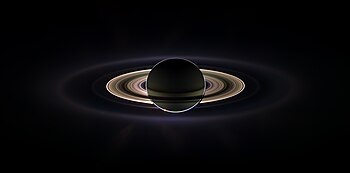Wikipedia:Picture of the day/March 2007 - Wikipedia (original) (raw)
From Wikipedia, the free encyclopedia
These featured pictures, as scheduled below, appeared as the picture of the day (POTD) on the English Wikipedia's Main Page in March 2007. Individual sections for each day on this page can be linked to with the day number as the anchor name (e.g. [[Wikipedia:Picture of the day/March 2007**#1**]] for March 1).
You can add an automatically updating POTD template to your user page using {{[Pic of the day](/wiki/Template:Pic%5Fof%5Fthe%5Fday "Template:Pic of the day")}} (version with blurb) or {{[POTD](/wiki/Template:POTD "Template:POTD")}} (version without blurb). For instructions on how to make custom POTD layouts, see Wikipedia:Picture of the day.Purge server cache
March 1
March 2
March 3
March 4
March 5
March 6
March 7
March 8
March 9
March 10
 |
|---|
| View animation An animation showing how to use a vernier caliper, which is a caliper that uses a vernier scale to interpolate linear measurements. Vernier calipers can measure internal and external dimensions using, respectively, the uppermost and lower jaws, and also depths, using the depth probe (located at the right end). In this example, the first two digits (2.4) are decided by the location of the zero of the vernier scale in the centimeter scale, and the last digit (0.07), by the first line of the vernier scale that exactly matches a line of the centimeter scale above. Image credit: Joaquim Alves Gaspar Archive More featured pictures |
March 11
March 12
March 13
March 14
 |
Saturn eclipsing the Sun, as seen by the Cassini orbiter. Individual rings seen in this image include (in order, starting from most distant): E ring, Pallene ring (visible very faintly in an arc just below Saturn), G ring, Janus/Epimetheus ring (faint), F ring (narrow brightest feature), Main rings (A,B,C), and D ring (bluish, nearest Saturn). Interior to the G ring and above the brighter main rings is the pale dot of Earth. Photo credit: Cassini orbiter Archive More featured pictures |
|---|
March 15
March 16
March 17
March 18
March 19
March 20
March 21
March 22
March 23
March 24
March 25
March 26
March 27
March 28
 |
The Australian Pelican (Pelecanus conspicillatus), also known as the Goolayyalibee, is a species of pelican widespread on the inland and coastal waters of Australia and New Guinea. Compared to other pelican species, they are medium-sized: 1.6 to 1.8 m (5.25 to 6 ft) long with a wingspan of 2.3 to 2.5 m (7.6 to 8.25 ft) and weighing between 4 and almost 7 kg (9 to 15 lbs). They are predominantly white, with black and white wings and a pale, pinkish bill which, like that of all pelicans, is enormous—particularly in the male. Photo credit: Fir0002 Archive More featured pictures |
|---|
March 29
March 30
March 31